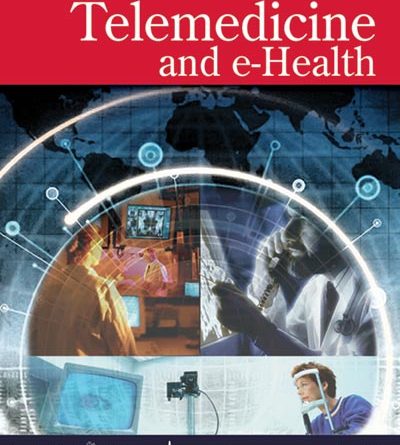Efficacy of e-Health Interventions in Patients with Chronic Low-Back Pain: A Systematic Review with Meta-Analysis
Introduction:Low-back pain (LBP) is the leading cause of disability worldwide. Around 75–84% of the world’s population will experience LBP at some point, establishing it as a major global health problem. e-Health is the remote delivery of therapeutic services, clinical information, and medical care, and may prove a very useful approach to tackle this pathology.
Objectives:To evaluate the efficacy of e-health-based interventions in improving the symptoms of chronic LBP.
Methods:A systematic review with meta-analysis was performed in PubMed, Web of Science, and PEDro until January 2022 through the assessment of methodological quality of systematic reviews (AMSTAR). Studies were included in which e-health interventions were used as experimental treatment compared to physical therapy to determine changes in back-specific functional status and pain in patients with chronic LBP. Two reviewers examined the sources individually, calculated the risk of bias, and extracted the data (PROSPERO number CRD42022306130). The effect size was calculated using the standardized mean difference (SMD) and its confidence interval (95% CI).
Results:A total of 9 randomized controlled trials with 3,180 participants were included. The results of the findings showed an effect of e-health compared to other physical therapy on short-term (SMD = −0.59, 95% CI: −1.77 to 0.59) and intermediate short-term (SMD = −0.40, 95% CI: −0.91 to 0.11) pain intensity and back-specific functional status in the short term (SMD = −0.20, 95% CI: −0.81 to 0.41) and intermediate short term (SMD = −0.30, 95% CI: −0.74 to 0.14). The effect of e-health compared to minimal intervention on short-term intermediate pain intensity (SMD = −0.64, 95% CI: −1.72 to 0.45) and short-term intermediate back-specific functional status (SMD = −0.39, 95% CI: −0.87 to 0.09).
Conclusions:e-Health interventions based on self-maintenance and education are as effective on pain and back-specific functional status as other face-to-face or home-based interventions in patients with chronic LBP, with moderate scientific evidence.


